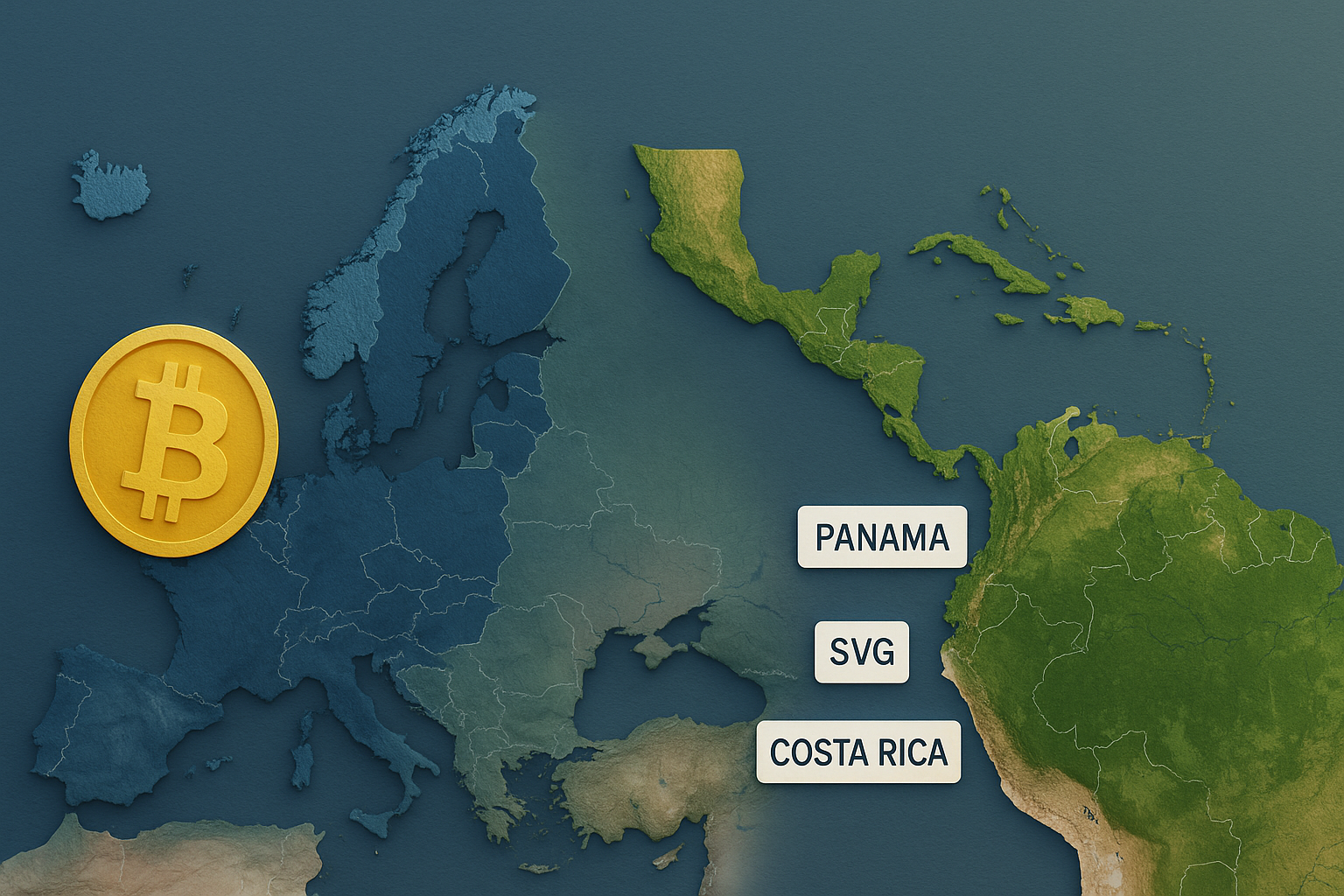The evolving EU regulatory landscape is causing uncertainty for Tether (USDT), the leading stablecoin. The new regulations could have profound implications for the wider crypto industry, with concern over the integration of USDT into the European regulatory framework.
The leading stablecoin, Tether (USDT), is facing a regulatory storm as it navigates the complexities of the European Union’s (EU) evolving financial regulations. The situation is causing uncertainty in the crypto market regarding the compliance status of USDT within the EU.
The EU Regulatory Landscape
The regulatory environment in the EU is in flux in response to the emergence of crypto and blockchain technologies. The proposed Markets in Crypto-Assets (MiCA) regulations, for instance, aim to establish comprehensive rules to govern the crypto industry within the EU. The goal is to provide legal certainty, enhance consumer protection, and ensure financial stability. However, the potential integration of Tether into this framework is raising eyebrows and stirring debate among industry insiders.
Tether’s Position within the Regulatory Framework
As a stablecoin, Tether’s primary function is to provide stability in a volatile crypto market. It achieves this by pegging its value to a reserve of assets, typically the US dollar. However, under the proposed MiCA regulations, such arrangements could create regulatory challenges.
Specifically, the draft legislation requires crypto-asset issuers to be incorporated as a legal entity and be authorized by a competent national authority. This, in turn, suggests that Tether Ltd., the issuer of USDT, may need to become a licensed institution within the EU, potentially shifting its operational base from Hong Kong.
Potential Impact of Regulatory Changes on Tether
The changing regulatory framework could lead to significant consequences for Tether and the broader crypto industry. Firstly, the regulatory compliance could compel Tether Ltd. to implement stringent KYC (Know Your Customer) and AML (Anti-Money Laundering) measures. This could, in turn, impact the usability and speed of transactions involving the stablecoin and potentially diminish the coin’s efficiency and appeal to users.
Secondly, the requirement for Tether Ltd. to become a licensed institution might result in increased operating costs. These costs, coupled with potential penalties for non-compliance, might force the firm to reconsider its pricing and business model.
Finally, the regulatory uncertainty surrounding Tether could influence investor confidence. The crypto market, characterized by its global nature, could face volatility and a potential loss of value if Tether’s stability is compromised.
Conclusion
The unfolding situation surrounding Tether’s regulatory status within the EU is a reminder of the complexity and challenges of integrating new technologies into existing financial systems. It underlines the need for a balanced approach that fosters innovation while ensuring consumer protection and financial stability.
While the road ahead for Tether seems fraught with regulatory hurdles, it is an integral part of the larger conversation about the future of cryptocurrencies and their place in the global financial ecosystem. As such, the outcome of this issue could have profound implications for the wider crypto industry.






